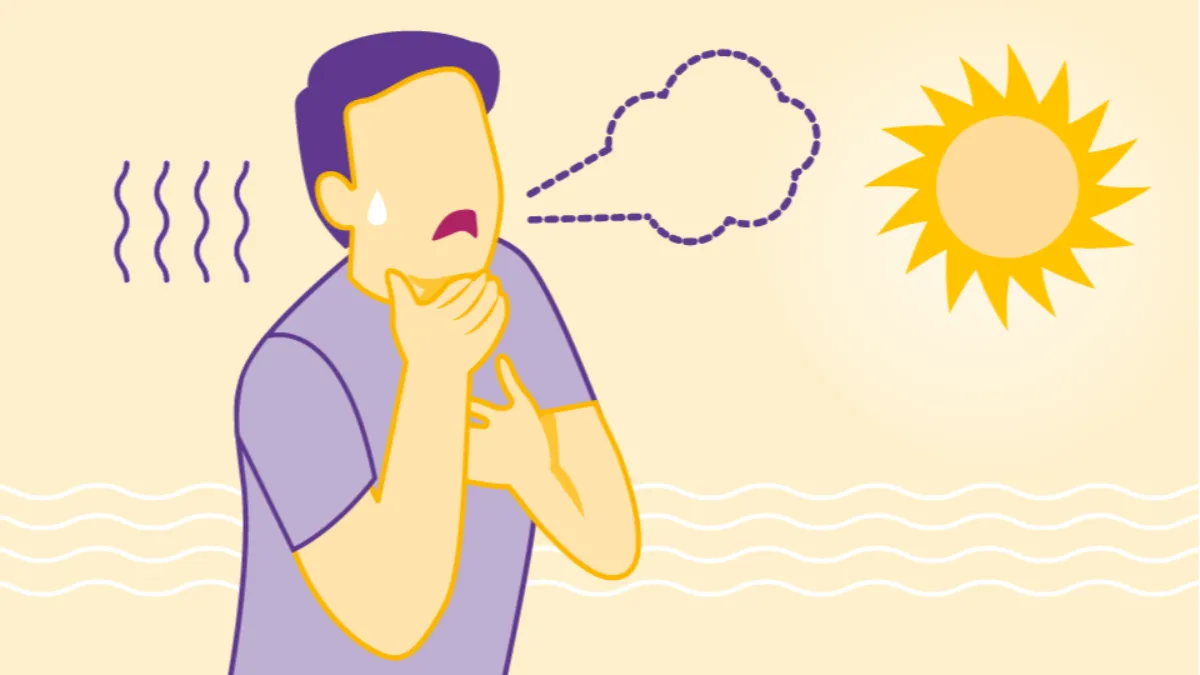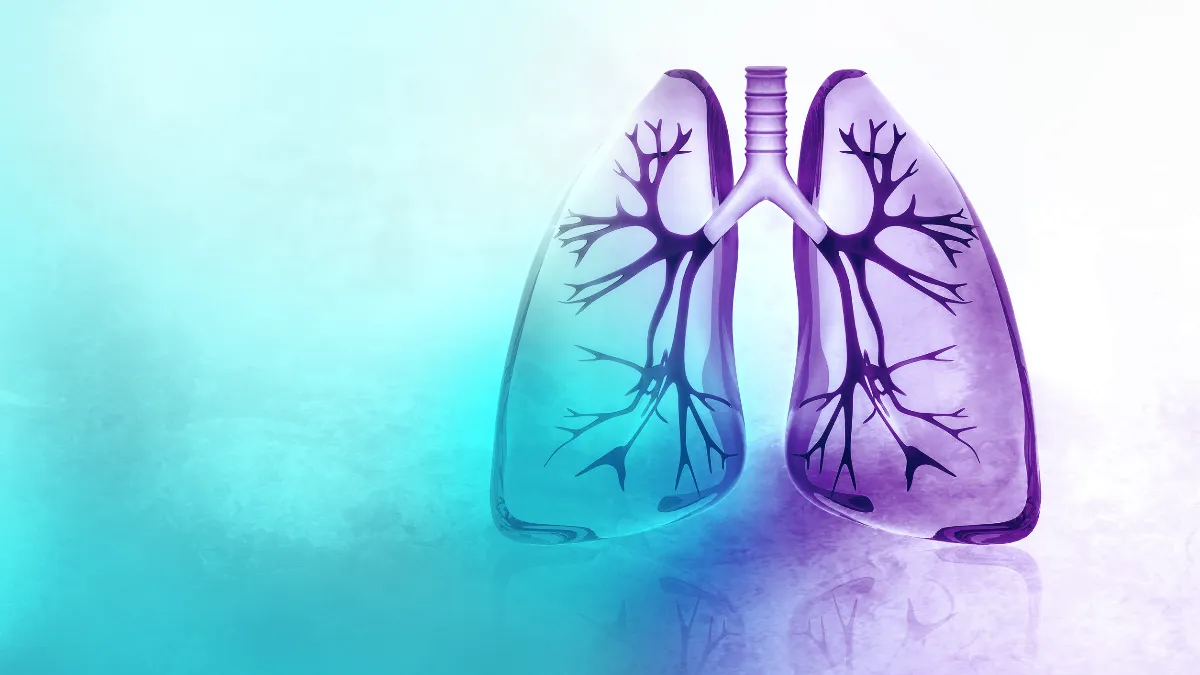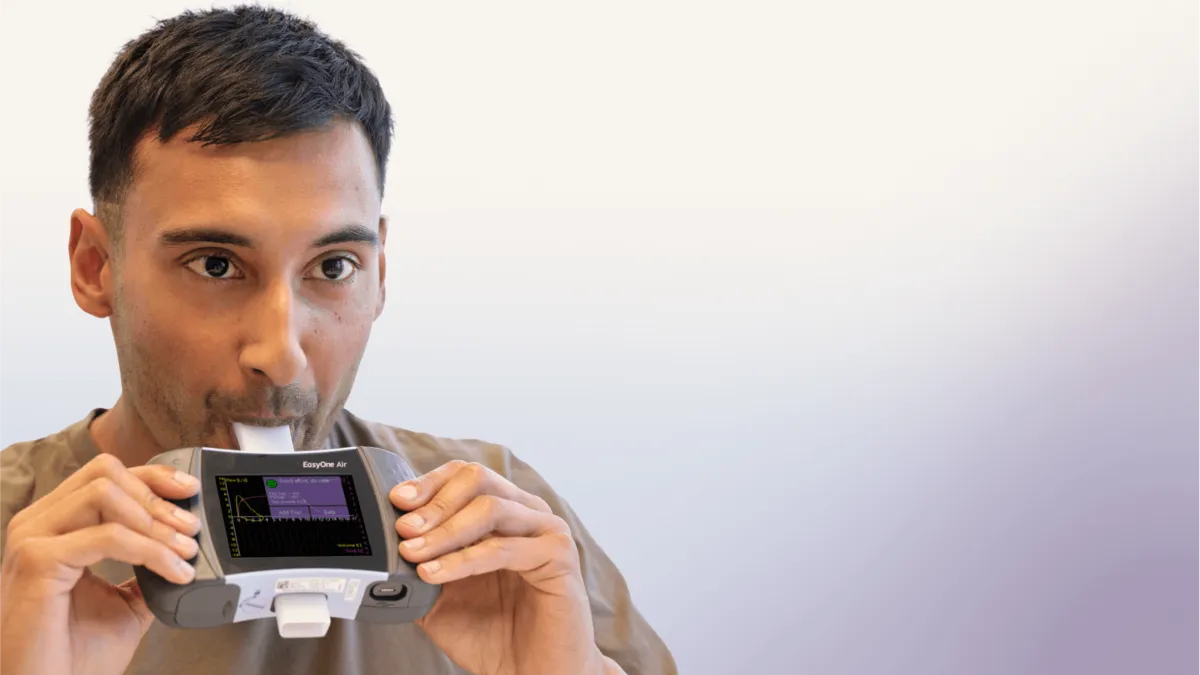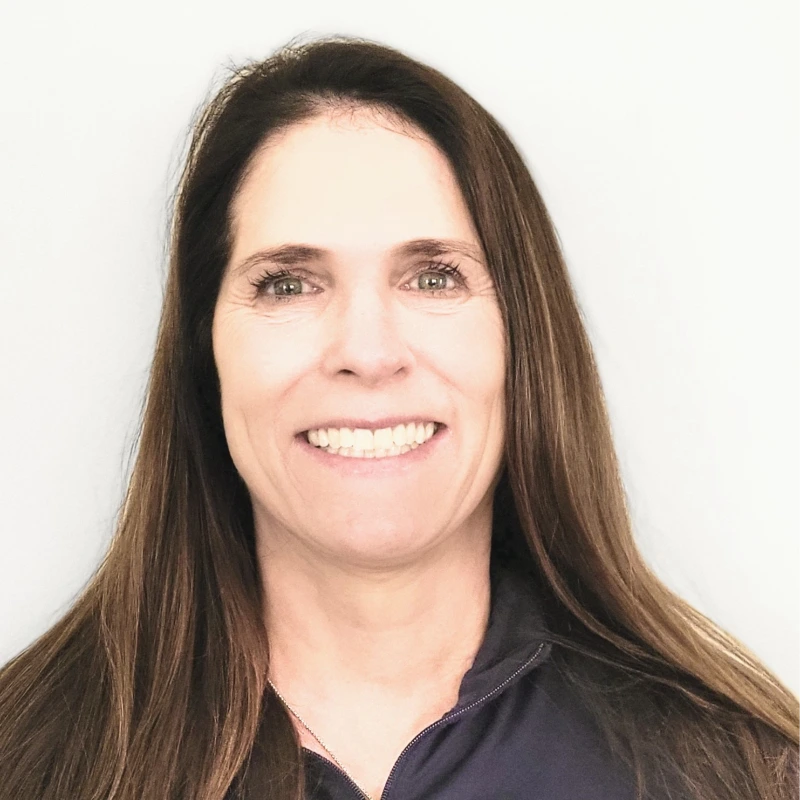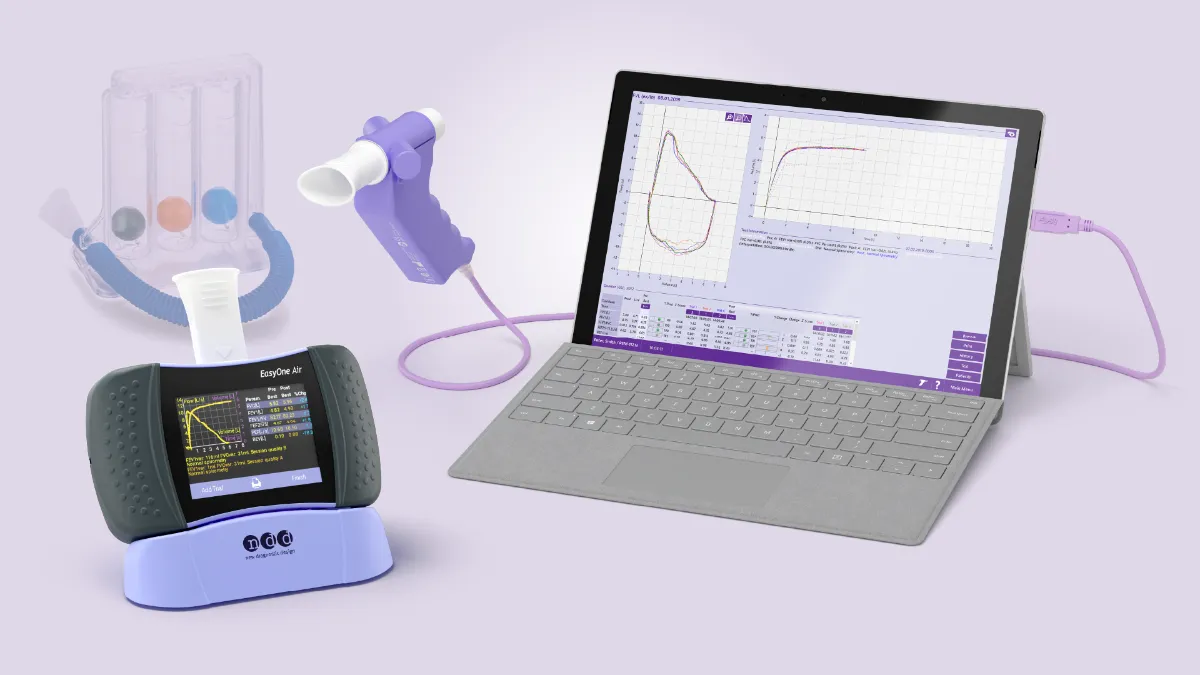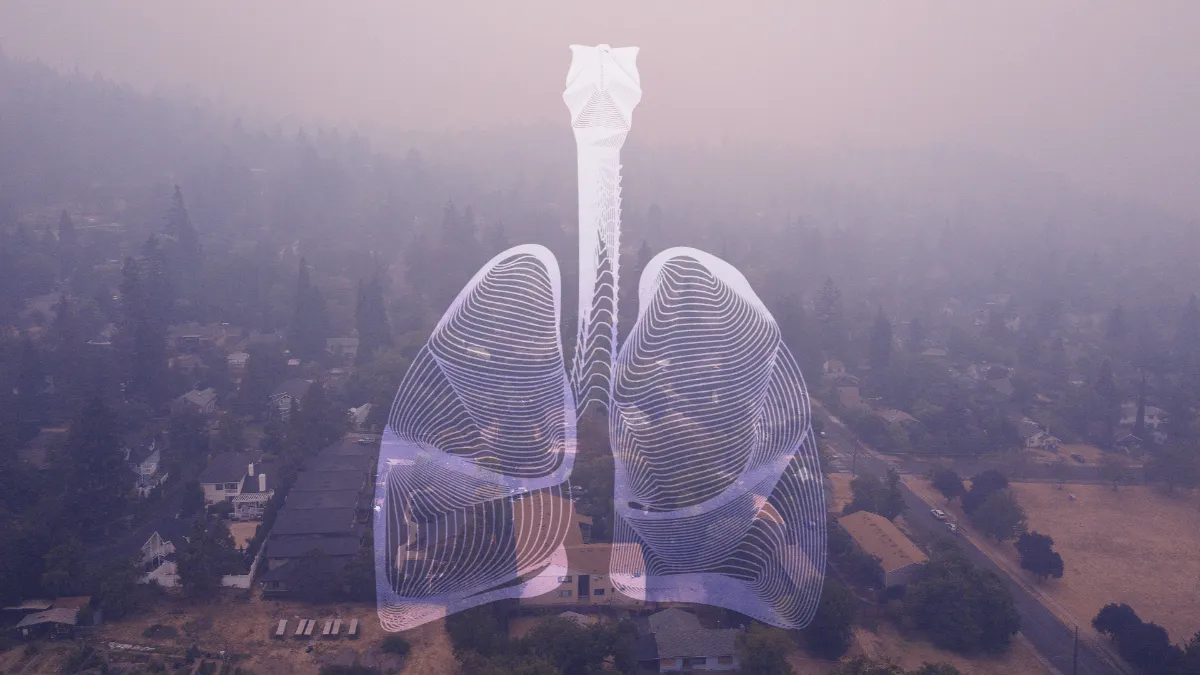Importance of respiratory therapists, now, more than ever
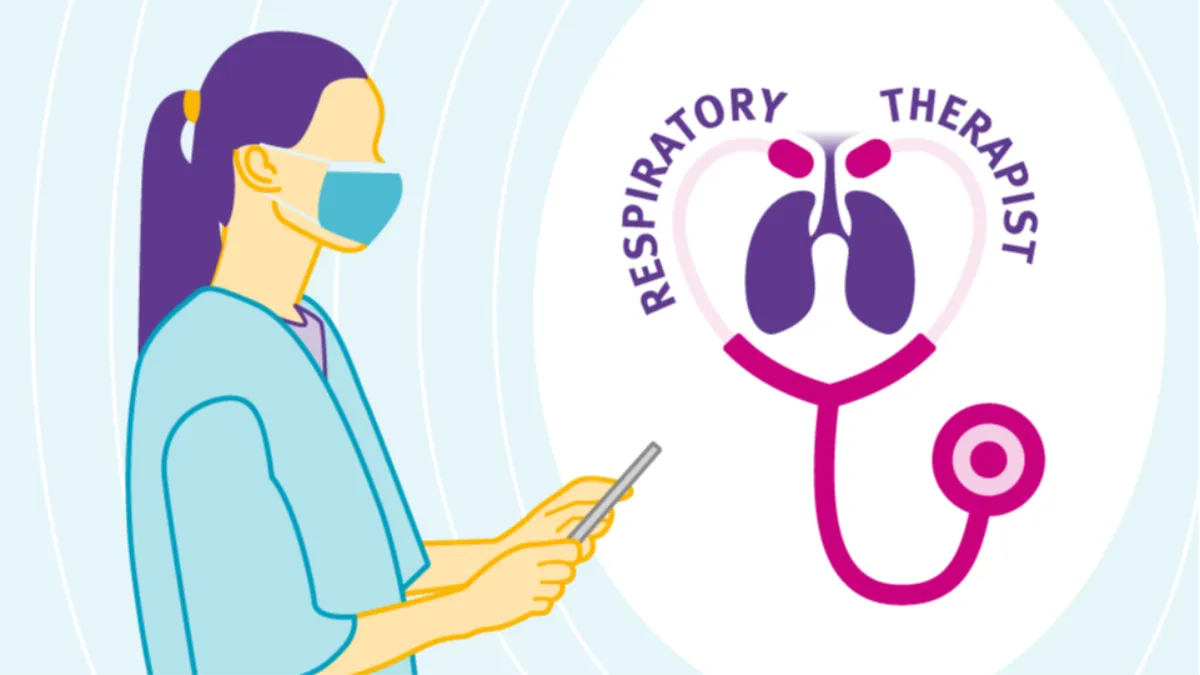
The COVID-19 pandemic has highlighted a great many things that have long flown under the radar in healthcare. Many people now seem to have a greater understanding (and appreciation) for breathing, which has translated into a greater appreciation for the people who help others breathe easier. Respiratory therapists fill this role for not only those dealing with COVID-19, but a variety of acute and chronic respiratory conditions. But who exactly are these respiratory therapists? What do they do? What role can they play going forward? Let’s take a look at this relatively young but critically important healthcare profession.
In the beginning #
The origins of respiratory care go all the way back to the 1920s, when Harvard Medical School pulmonologist Dr. Alvan Barach started putting oxygen therapy into wider use.1 Dr. Barach used tents to deliver supplemental oxygen to the acutely ill, as well as early nasal cannulas to support those with emphysema. Being before the days of oxygen concentrators and other modern equipment, the bulky cylinders were managed and monitored by ‘oxygen orderlies,’ the forerunners of today’s respiratory therapist (RT). By the mid-1940s, a Chicago pulmonologist named Dr. Edwin Levine started to formalize instruction for these oxygen workers with an on-the-job training program at the Windy City’s Michael Reese Hospital.
The polio epidemic of the 1950s launched the nascent profession another step forward. With a sudden influx of people requiring a variety of care or interventions beyond oxygen, both physical therapy and respiratory therapy began to develop distinct paths.2 By the end of the decade, dedicated inhalation therapy schools were graduating the first accredited clinicians, and a new national registry was created to ensure their knowledge and competency. Registry #1 went to Sister Mary Yvonne Jenn, a Wisconsin nun and nurse anesthetist, leading the way for many thousands of future therapists.
The increasing sophistication of mechanical ventilators, along with the growing recognition of the value RTs could provide in a variety of care settings, offered the field constant opportunities for growth and expansion. The tail end of the 20th century increased standards for RT credentialing and licensure across the country, bringing the profession in line with peers in nursing and other health professions. RTs also increasingly moved outside the intensive care unit, with new opportunities in diagnostics, pulmonary rehabilitation programs, and a variety of other care venues. Now, respiratory care is recognized by the Bureau of Labor Statistics as one of the most in-demand career paths not just in healthcare, but across all occupations, and is expected to grow nearly 20% over the next decade (even without factoring in any potential impact from the COVID-19 pandemic).3
You’ve come a long way, RT #
The modern respiratory therapist has duties and responsibilities that would amaze those early oxygen orderlies. The invention of the pulse oximeter in the early 1970s gave clinicians an important new tool to objectively measure someone’s oxygenation status and more precisely manage therapy. RTs also put their specialized patient assessment training to use by carefully listening to breath sounds and signs of respiratory distress like accessory muscle movement, posture and positioning, and even any changes in the shape of the rib cage. Once any abnormalities are detected, the RT then works closely with physicians, nurse practitioners, and physician assistants to develop personalized treatment plans that allow people to catch their breath. Most commonly, this happens in the acute care space, but an increasing number of RTs are taking their skillsets beyond the hospital walls to help those people living with chronic conditions like COPD, asthma, and pulmonary fibrosis to get back to living their best lives.
RTs also help to deliver the actual therapy that is part and parcel of those treatment plans. Aerosol medications are the cornerstone of care for most respiratory problems, but the nebulizers and inhalers used to deliver these medications can be complicated and difficult for people to use even in the best of times, let alone when dealing with sedatives and other issues that go along with being a hospital patient. Respiratory therapists are there to administer medications, evaluate their efficacy, and to prepare patients to use these devices on their own after they transition back home.
Beyond medications, RTs are also responsible for using advanced technology to drive therapy and support life. The mechanical ventilator is likely the piece of equipment RTs are most closely associated with, as RTs are the most directly responsible for managing the interactions between the person and the machine. The modern ICU ventilator is a technological marvel, coupling precision mechanical engineering with advanced electronics and computer algorithms to provide a wide range of breathing support. RTs must therefore be very familiar with not only those technologies and algorithms, but the patients themselves, so that the ventilator mode, breath profile, and other parameters can be matched to the complex needs. RTs must also be intimately familiar with a wide range of physiological issues outside the lungs, as problems like burns or abdominal trauma can impact respiratory demand as well. And, to cap things off, RTs must be familiar with all of these issues across the entire age range, as therapists are often called to move from high-risk deliveries and neonatal intensive care units to emergency departments and elder care wards, sometimes in the span of a single shift.
Technology outside the ICU is just as advanced. State of the art pulmonary function testing equipment, like the ndd EasyOne Pro, use advanced engineering and computer science not for life support, but PFT diagnostics. These devices are able to measure a variety of parameters, from lung capacity to how well molecules move from the lungs into the bloodstream, in order to get a clear picture of the physical state of someone’s lungs. Respiratory therapists specializing in pulmonary diagnostics are then able to use the data from these devices to hone in on precise breathing issues and refine treatment plans even more. These data can even help determine whether the issues center in the airways, the lungs themselves, or somewhere else, all of which can cause very similar symptoms. This helps people get on the most appropriate therapies and get back to their live more quickly and efficiently.
Sometimes that therapy involves getting people back on their feet again. Pulmonary rehabilitation has long been known to be a remarkable tool for a variety of chronic conditions, and specialized programs are starting to see success with helping people recover from thelong-haul effects of COVID-19. 4These programs are a combination of structured exercise conducted under the supervision of a respiratory therapist and education on medications, breathing exercises, nutrition, and other topics designed to optimize lung health. In addition, many people don’t realize they aren’t alone on their journey, and develop a sense of camaraderie with their ‘rehab buddies.’ RTs are an essential component to facilitating a comfortable atmosphere of support and positivity.
(Not so) secret agents #
Respiratory therapists have often been considered one of the best-kept secrets in healthcare, owing to the remarkable value they provide despite their relatively low profile. But as healthcare begins to integrate the lessons of the COVID-19 pandemic, that profile will inevitably grow. RTs are continuing to expand their presence across the healthcare continuum, including unique areas like care coordination and emergency transportation such as on the ground or in the air. RTs are found in sleep medicine labs, skilled nursing facilities and, tobacco cessation programs to name a few. Some RTs are even carving out brand-new roles in places like primary care offices; providing testing, education, and care management side by side with primary care providers.
Considering the Bureau of Labor Statistics’ forecast for remarkable growth over the next 10 years, there has never been a better time to become an RT. The leading respiratory care professional groups are calling for more people to consider joining the field. In early 2020, the American Association for Respiratory Care (AARC) launched the “Be An RT” campaign, designed to answer questions about career opportunities. AARC also joined with the National Board of Respiratory Care (NBRC) and the Commission on Accreditation for Respiratory Care (CoARC) to launch www.morerts.com, a companion initiative to share the inspiring stories of frontline RTs across all the profession’s specialty areas and drive recruitment. Both of these projects hope to reduce the anticipated shortage of clinicians, especially as the specter of a post-pandemic exodus looms over all of healthcare.
A much older recruitment video series once pointed out that humans can often go weeks without food and even days without water, but mere minutes without oxygen. Fortunately, when those minutes matter, respiratory therapists will always be around to help.
Milestones Of The Profession – Virtual Museum. https://museum.aarc.org/galleries/milestones-of-the-profession/. Accessed July 25, 2021. ↩︎
Neumann DA. Polio: Its impact on the people of the United States and the emerging profession of physical therapy. J Orthop Sports Phys Ther. 2004;34(8):479-492. doi:10.2519/jospt.2004.0301 ↩︎
Respiratory Therapists : Occupational Outlook Handbook: : U.S. Bureau of Labor Statistics. https://www.bls.gov/ooh/healthcare/respiratory-therapists.htm. Accessed July 27, 2021. ↩︎
Zampogna E, Paneroni M, Belli S, et al. Pulmonary Rehabilitation in Patients Recovering from COVID-19. Respiration. 2021;100(5):416-422. doi:10.1159/000514387 ↩︎


